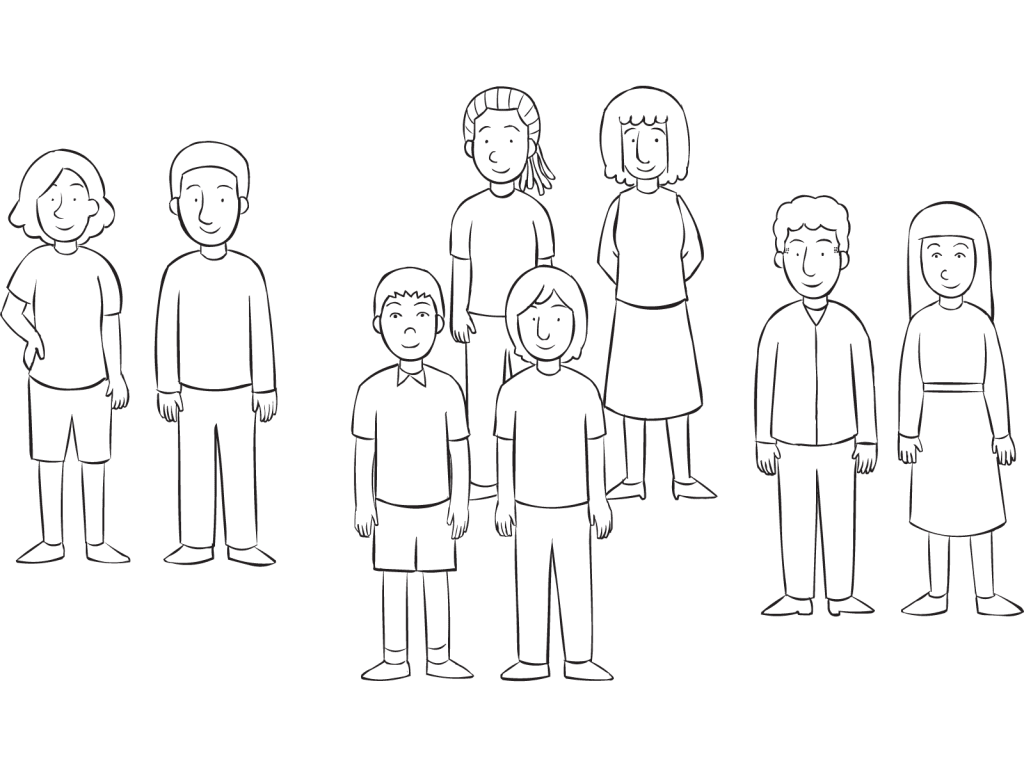Save to Playlist
Step-by-Step Instructions
Video Tutorial Premium
How To Play Narrative Premium
Practical Leadership Tips Premium
Social-Emotional Learning Premium
Health & Wellness Programming Premium
Popular Variations Premium
Virtual Adaptation Premium
You Might Also Like... Premium
Useful Framing Ideas Premium
Program Templates Premium
Source Premium

No Props No Problem
Brand NEW book featuring 150+ outrageously fun group games & activities. Scan QR codes to connect to tons of digital content including video tutorials.
Add to Cart
NEW – No Props No Problem
The best-selling book featuring 150+ outrageously fun group games & activities. Scan QR codes to access exclusive digital content including video tutorials.

Free Ice-Breakers & Group Games
Ten of the best no-prop, interactive ‘get-to-know-you’ games & activities. 100% fun, your group will love ’em. Our most successful giveaway, 10,000+ downloads so far…
Top Ten Icebreakers & Group Games
Download our free 28-page ebook jam-packed with outrageously fun activity ideas.
Just one more question:
I am interested in…
Choose a plan that’s right for you
We offer a range of membership plans with no surprises.
Click an option below & discover our simple pricing.

Individual
Click here if you’re a:
- Teacher
- Corporate trainer
- Outdoor educator
- Camp leader
- Youth leader
- Conference organiser
- Therapist/counsellor
Membership Plans

Enterprise
Click here if you represent a:
- School
- Corporation
- Community-based Organisation
Explore plans for
10, 50, 200 or more
potential users
Membership Plans






The way children and staff get into pairs is critical. It is a LIFE SKILL that should get as much attention as teaching manners to children, but it is sadly not even placed in the same category as importance…yet. This resource has been so helpful. Thank you, Mark!
Couldn’t agree more Emily. To my way of thinking, building connections before the delivery of (any) content is the key to success. Have FUNN…
I love these ideas! I just did a teacher training workshop and find myself saying get into pairs when playing the debrief games back to back and pair share. Next time I will make it more fun! Thanks Marc. Such a brilliant site and well organized.
Thanks for your comment, ps: I love the name of your business 🙂
Thanks Marc, these are amazing ideas to form pairs. I work as experiental trainer in Italy and I find the whole data base, not only this activity, incredibly useful for my work
“Getting into pairs” is such a big responsibility of the Health and Physical Education teacher and these simple tips allow pairs to be formed in an inclusive and safe fashion. I would suggest that the more ridiculous the better and ask a student to pick how you will find your next partner.